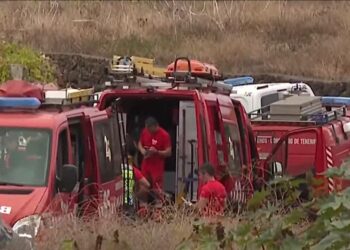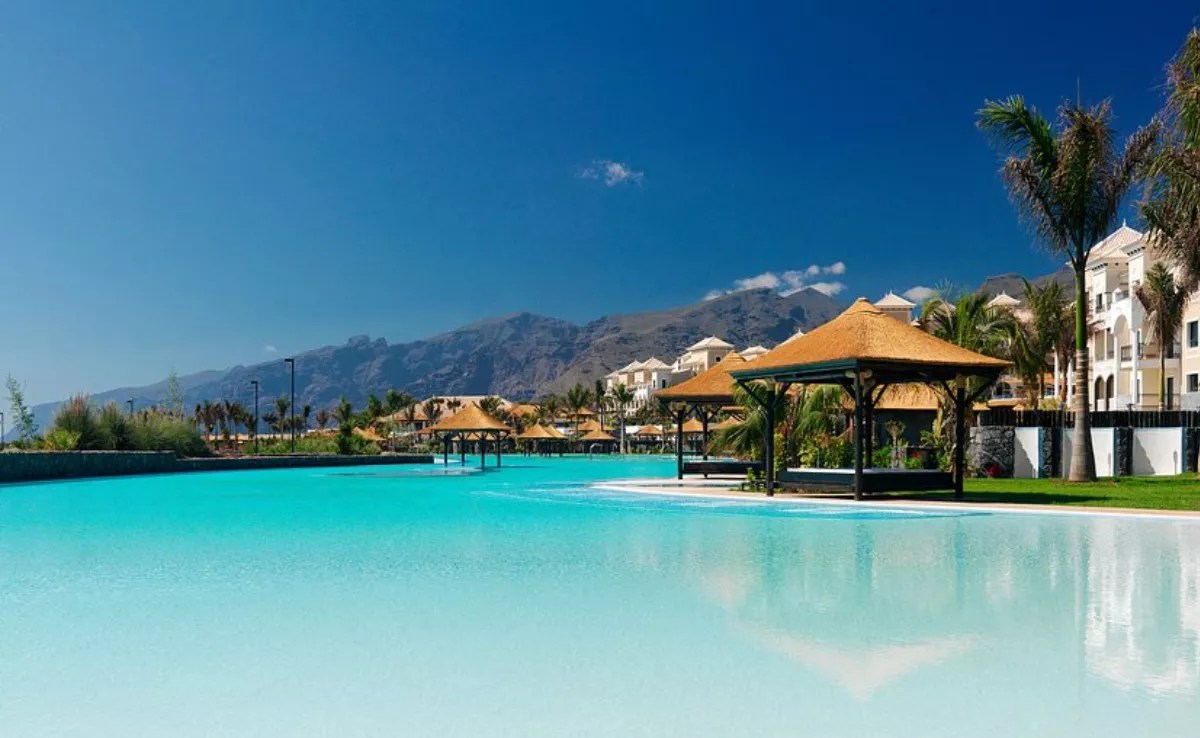Arenal beach, located in Bajamar, will soon feature a new access point from the TF-13 road, precisely from the central area above the beach, where there is a reinforced earth wall. This option was selected from the various alternatives assessed in a study conducted by technicians from La Laguna City Council and the Cabildo.
“Among the alternatives proposed by our technical team to improve accessibility to the beach, we have prioritised the option that ensures greater safety and can be utilized year-round, as it is not susceptible to variables such as the state of the sea,” stated the Councillor for Works and Infrastructure, Ángel Chinea.
“The next step involves drafting the project, followed by executing a task that presents some complexity due to the necessity to secure the slope; however, it will enable access and enjoyment of this distinctly beautiful beach on our coastline,” he added.
Historically, access to this beach has been via the El Lobo road adjacent to the former Neptuno hotel, which has been closed for security reasons for several years, and from the La Hoya area. To provide a safer access route, three new alternatives have been examined from the TF-13, including alternatives for access through El Lobo and La Hoya.
In evaluating the alternatives from the TF-13, their compatibility with the existing road structures has been considered, as well as the improvement works planned, for which discussions have occurred with the technicians from the Cabildo Highway Service. The necessary protective measures against landslides at the beach have also been factored in, which are consistent across all access alternatives, aside from minor variations.
Having reviewed the various options, the technicians ultimately dismissed access via the El Lobo road and from the La Hoya area, as both routes contain particularly problematic segments regarding landslides and are highly exposed to waves (thus during rough sea conditions, access may be hindered or users could find themselves stranded). The report from the city council, part of the joint study by both administrations, noted that the La Hoya option would also be considerably lengthy and subsequently more costly. Additionally, the El Lobo road has the complication of having its initial section owned privately.
Consequently, the technicians have chosen a new access from the TF-13, which, among its advantages, provides more direct access to the beach, is less vulnerable to storm surges, and incorporates measures for stabilisation and landslide protection that safeguard both the access and the beach itself, while also being shorter in distance. The only drawback is that this access is the steepest, and the final segment relies on materials prone to sliding, necessitating reinforcement of the terrain or structure to prevent damage.
In assessing this new access from the TF-13, three options have been analysed: from the northern end, the southern end, and the central section, with the latter ultimately selected. This access will lead to the central area of the beach, extending 195 metres with an average gradient of 22.5%. The report explains that the morphology and type of terrain for this option accommodate paths made of wood, stone, concrete, or mixed materials. Specifically, the estimated budget for this intervention stands at 850,169 euros for a cement path, or 868,341 euros should wood be chosen.
Now that this option has been selected, the next phase will involve the Council making the project drafting available for tender, as clarified by the Works and Infrastructure department. In a recent meeting between the Cabildo and the City Council regarding lagoon coast projects, the Island Corporation reaffirmed their commitment to include the Arenal beach project in Tenerife and the Sea’s financing programme for the forthcoming year.















